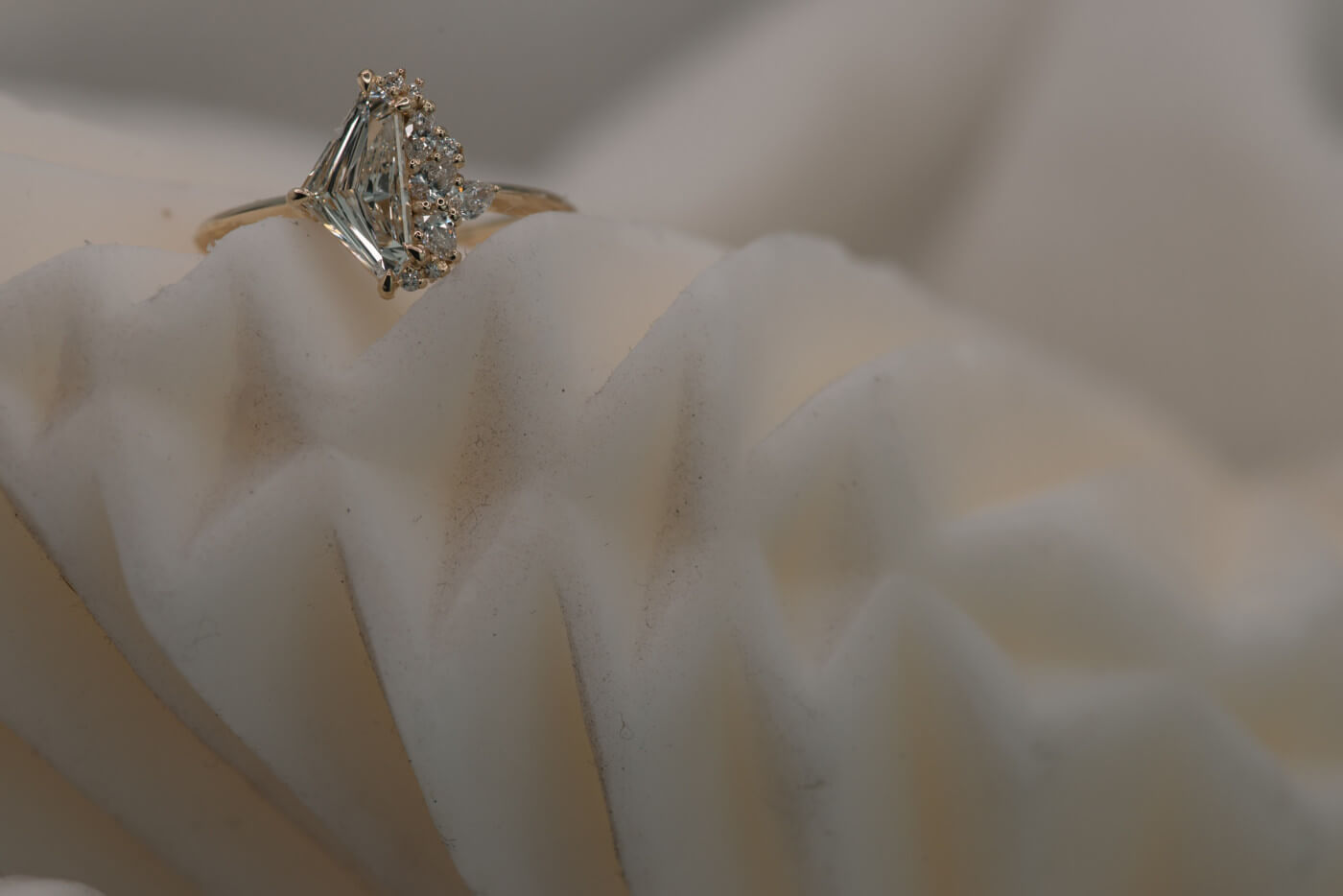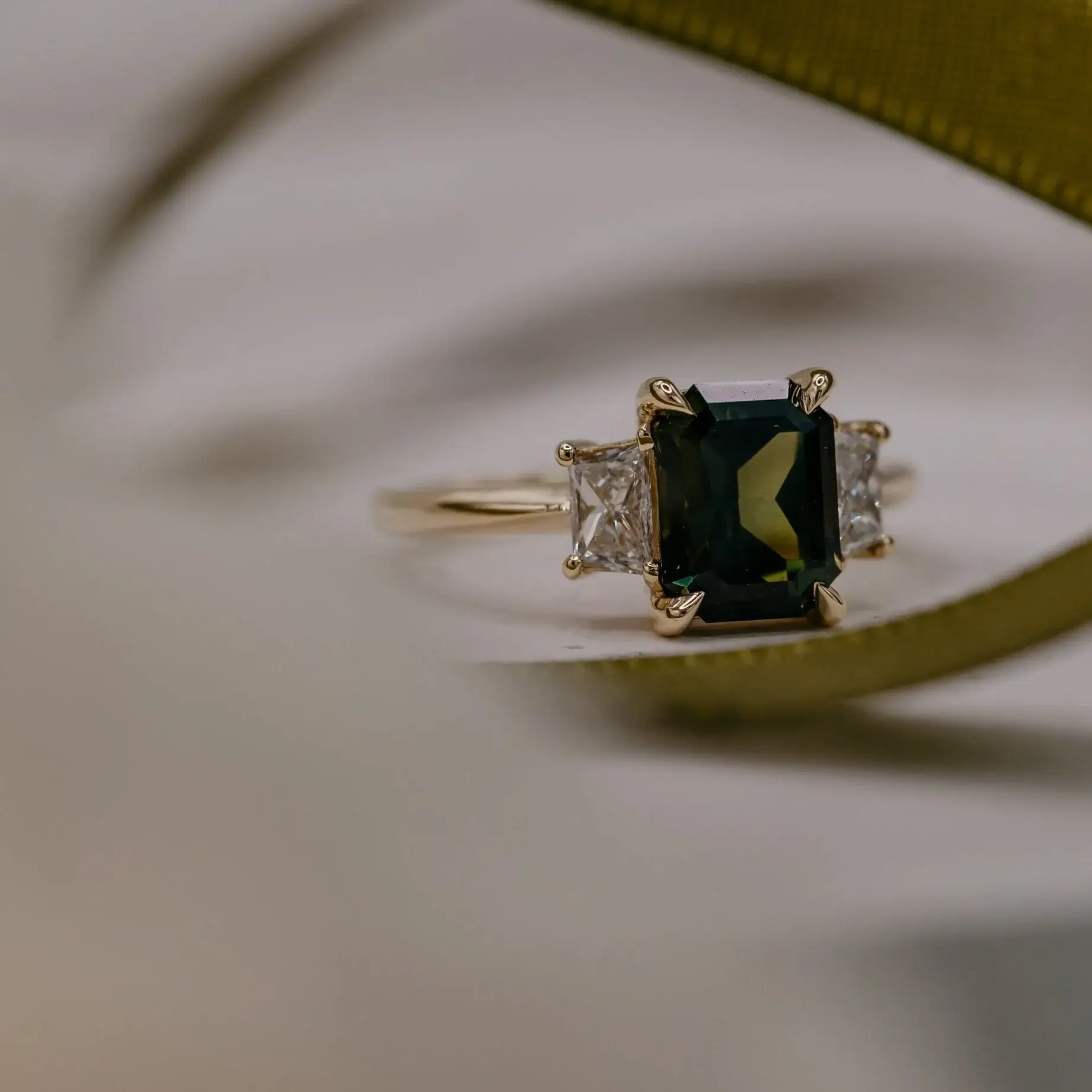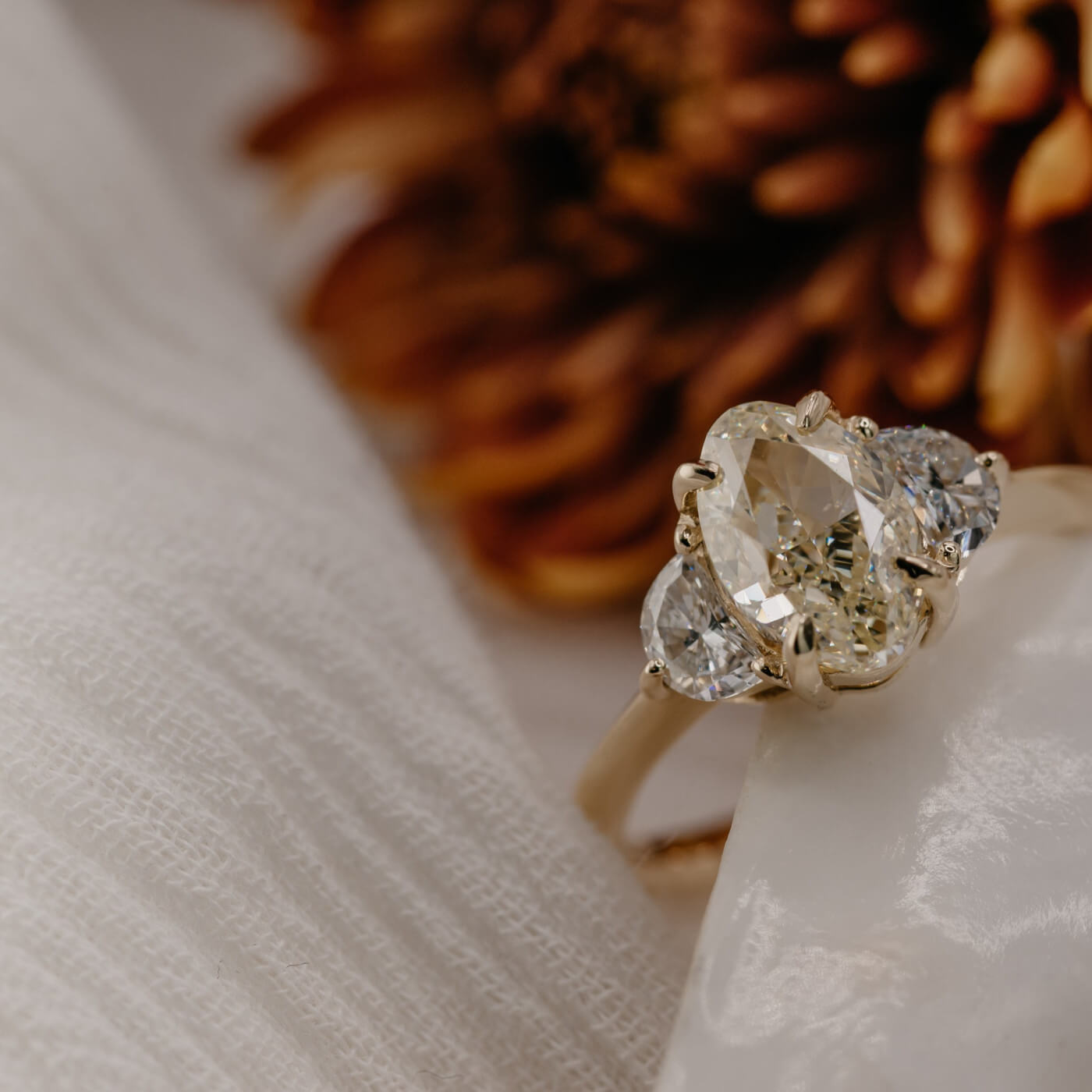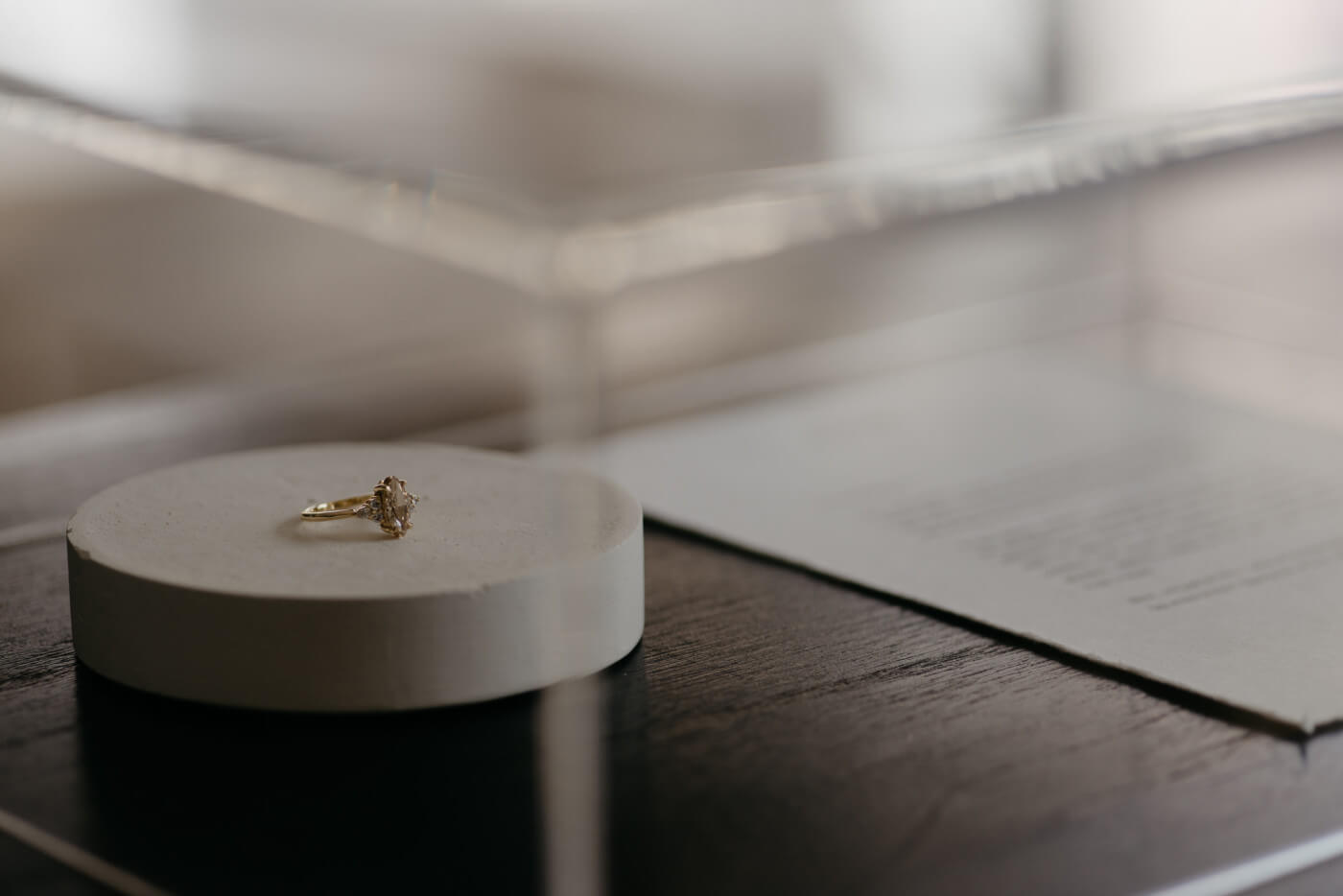MOHs Scale |
|
It’s number one determinant of gemstone-aesthetic longevity… |
|
This isn’t exactly common knowledge for the average punter coming into a jewellery store, however, it’s slightly under the surface for anyone that has scratched around. |
|
You’ll know it as the, Mohs score. Hardness, as defined as scratch resistance. |
|
Ranked from 1-10, gemstones hardness are ranked specifically in relation to how hard the material is to scratch. |
|
The importance of this method of qualification is that scratches will be the number one determinant of a gemstone losing its lustre/sparkle. Scratches will essentially matte the surface and make it more difficult for light to pass through. |
|
To give you some context, here are a few gemstones and their Mohs score. |
|
|
I find that the most notable aspect in relation to the Mohs hierarchy is the very tangible and acute decline from the top of the chart. Not numerically, but in reality. |
|
By which I mean, the tactile difference between a 10-9 is massive compared to say a 8-7 or 7-6. |
|
Diamond should really be; 10 and then sapphire and ruby - that occupy the second hardest gemstone score - should only be plotted at 7. Then every other stone can follow after. |
|
In the function of jewellery, there is a very real benefit of having a diamond-hardness as your centre stone. We see it first hand when engagement rings are returned for resize, the sapphire will be showing signs of wear, whilst a diamond (beyond accumulation of dust behind the stone), is ultimately unscathed. For years. |
SO, what should we delineate out from this? |
|
I am not making a broader point or funnelling you any specific way. For us, it doesn’t make much of a difference. |
|
We of course don’t want the love and admiration for your engagement ring to diminish, so we do have a dog in the race. |
|
I guess this article is again to push back against some of the market chatter. |
|
You’ve heard me rail against diamonds on plenty of occasions - I’m no irrational flag flyer of the diamond industry, however they are a significantly higher performing mineral in the aesthetics of longevity. That needs to be known. |
|
BTW* this includes lab grown diamonds… Oooyeh, you better believe this includes lab grown. |
|
There is something potent within that final ‘1 point score’ on the Mohs scale, from a strong 9 to 10 - that creates a nearly indestructible mineral. It is pretty amazing. |
|
So the point ultimately being that if you are riding the fence, and gusts coming from either direction are not swaying you - think of your design in 12-24 or 36 months time. Is the tradeoff for a uniquely patterned coloured gemstone, worth the potential damage to the stone? It often is! But just worth considering. |
|
|
Mohs is scratch resistance, however it doesn’t qualify the chance of the stone fracturing or chipping along fault lines, such as inclusions. |
|
The best example of this is emerald. A stone that is remarkably difficult to find without internal needles or inclusions. Although, it does sit towards 8.5 on the Mohs table, it is an absolute nightmare to set if it has these internal inclusions. It will very often further fracture internally, which will reach the surface and crack or chip the stone. |
|
This is also the case with any gemstone that has internal flaws. We do consider these inclusions a mark of individuality, however it is technically a flaw and you need to be weary of this as this fault line COULD potentially create issues. |
|
All in all, we’ll make you aware of this during the consultation stage - however if you are braving this journey without us, make sure you take all these components into account. |
|
Onward. |




